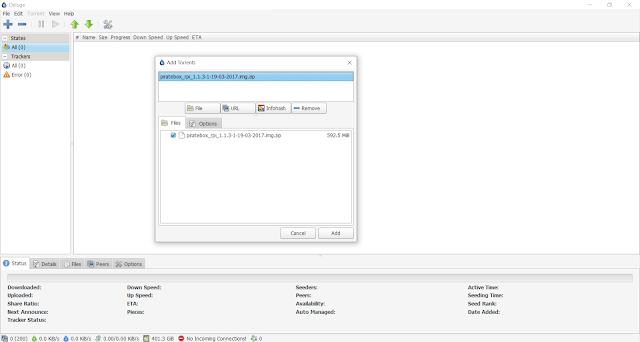In many rural regions across the world, cellular signals are very weak or inexistent at all, rendering any communication other than face-to-face impossible. This constitutes a big obstacle in most situations where a group of people needs to exchange information. Fortunately, there exists a way to overcome this problem. Setting up your own mobile network might seem out of reach at first glance, but it is in fact very attainable with a Raspberry Pi and some specific tools. Of course, the resulting network will be limited in range as the configuration lacks any relay antenna, but it will allow you and your hypothetic team to communicate with your smartphones, either by text messages or by voice. Being able to build such a network is a tremendously valuable skill that will prove to be useful in several situations: natural disasters, large-scale protests, trips to secluded areas with no coverage… In this post and the next one, I will describe the process of creating a Wifi access point,





